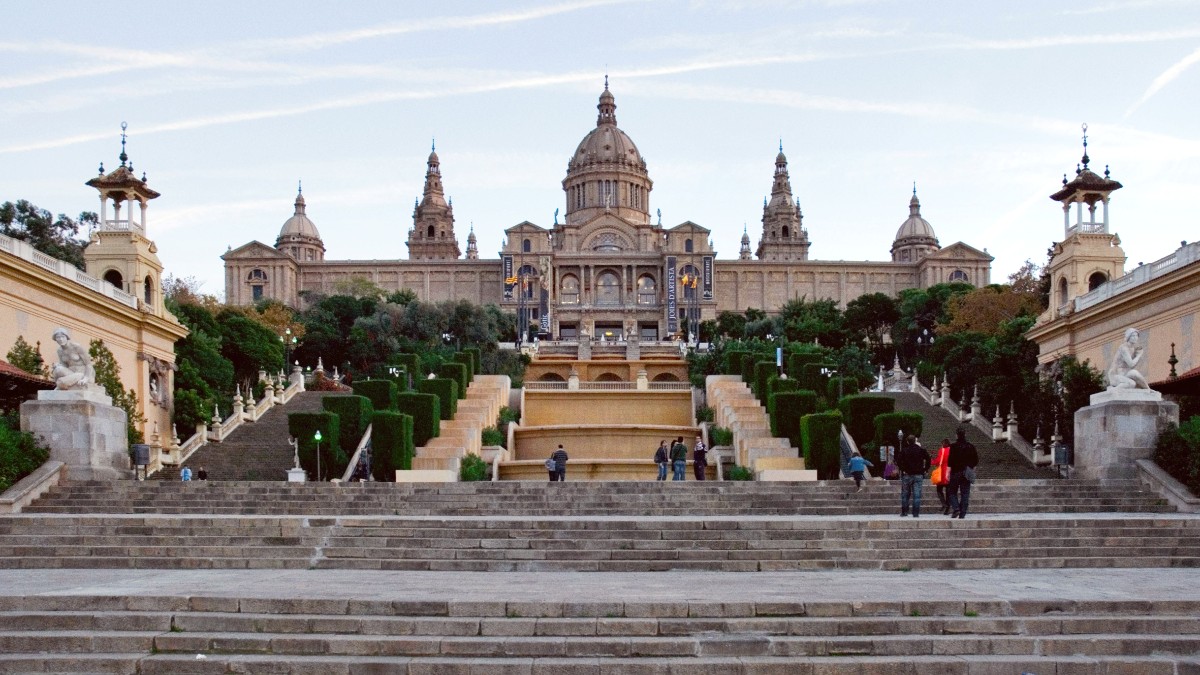
Your journey to Palau means more than a vacation; it means becoming part of a story of stewardship. Upon arrival, you sign the Palau Pledge, a personal commitment to act responsibly and respectfully towards this fragile ecosystem. This pledge is a promise you make to future generations, preserving Palau’s beauty for all time.
Divers and snorkelers find themselves in an unparalleled marine realm, often called the "Underwater Serengeti." Vast coral reefs teem with diverse fish species, sharks, and manta rays. World War II shipwrecks, now artificial reefs, offer a poignant reminder of history intertwined with natural recovery.
Above the water, the iconic Rock Islands, an UNESCO World Heritage site, yield breathtaking vistas for kayaking, exploring hidden lagoons, and relaxing on secluded beaches.
Palau, officially the Republic of Palau, is an archipelago in the western Pacific Ocean. It sits southeast of the Philippines, approximately 800 miles (1,300 km) east of Manila. This nation forms the westernmost part of the Caroline Islands chain, sharing a maritime border with the Federated States of Micronesia to the east and Indonesia to the south.
The archipelago consists of approximately 340 islands and islets, many uninhabited. These islands shape a diverse landscape, ranging from rugged volcanic islands to low-lying coral atolls. The total land area is relatively small, about 177 square miles (459 square kilometers). Palau has a vast Exclusive Economic Zone (EEZ) covering over 230,000 square miles (600,000 square kilometers) of ocean.
Most populous island, commercial hub with hotels, restaurants, and tour operators.
Largest island, host of the capital Ngerulmud, dense rainforests, waterfalls, and ancient stone monoliths.
Mushroom-shaped limestone islets, an UNESCO World Heritage site, for unique natural beauty.
Southern islands with historical significance, specifically from World War II.
Dramatic underwater drop-offs, serene lagoons, and lush terrestrial landscapes.
This geographical diversity means a wide range of environments, from dramatic underwater drop-offs to serene lagoons and lush terrestrial landscapes, all contributing to Palau’s appeal as a destination for both adventure and relaxation.
Koror is the most populous island and the commercial hub, where most hotels, restaurants, and tour operators are found. A bridge connects Koror to Babeldaob, the largest island in Palau.
The famous Rock Islands, a collection of mushroom-shaped limestone islets, dot the lagoon south of Koror and Babeldaob. These islands, shaped by millennia of erosion and geological uplift, showcase Palau’s unique natural beauty.
Further south, islands like Peleliu and Angaur possess historical significance, especially from World War II. The southern islands are mainly coral formations, contrasting with Babeldaob’s volcanic origins.
Palau’s history stretches back thousands of years, with evidence of human settlement dating from around 1000 BCE. Its early inhabitants developed a complex matrilineal society, rich in oral traditions, elaborate social structures, and unique cultural practices. Clans, led by chiefs and paramount female leaders, governed distinct communities, often characterized by monumental stone paths and platforms. These early societies had sophisticated fishing techniques and agricultural practices, adapting to their island environment. Traditional Palauan meeting houses, known as bai, built without nails and adorned with intricate storyboards, stood as centers of community life and artistic expression. These structures embody a deep connection to ancestral knowledge and traditional governance.
European contact began in the 16th century with Spanish explorers, but it was not until the late 19th century that Spain formally claimed the islands. Germany purchased Palau from Spain in 1899, integrating it into its colonial empire and focusing on economic exploitation. After Germany’s defeat in World War I, Japan took control of Palau under a League of Nations mandate in 1914. The Japanese administration left a lasting mark, developing infrastructure, introducing new crops, and heavily influencing the Palauan language and diet. Koror served as the administrative center for Japan’s entire South Seas Mandate, growing into a thriving port town. This period saw significant Japanese migration and the establishment of a robust commercial presence.
Complex matrilineal societies with rich oral traditions and sophisticated fishing practices.
Spanish claim, German purchase, and Japanese mandate periods shaped development.
Battle of Peleliu and U.S. Trust Territory administration led to 1994 independence.
World War II dramatically altered Palau’s trajectory. The islands became a critical strategic outpost for Japan. In 1944, American forces launched a brutal campaign, the Battle of Peleliu, neutralizing Japanese strongholds. This battle, one of the fiercest in the Pacific theater, brought immense casualties and left an indelible scar on the island, with numerous relics remaining today.
Lush volcanic islands, coral atolls, and limestone Rock Islands. Palau National Marine Sanctuary shows commitment to ocean conservation.
Rich traditions, family, and environmental respect. English and Palauan are official languages. People are warm and welcoming.
Tourism, especially marine tourism. USD is the official currency. Koror has modern amenities; outer islands are less developed.
A panoramic view of the Rock Islands Southern Lagoon in Palau, with turquoise waters and mushroom-shaped limestone islets covered in lush green vegetation under a clear sky. View Image
A large manta ray glides gracefully over a coral reef, surrounded by smaller fish, at a cleaning station in Palau's clear waters. View Image
An intricately carved Palauan storyboard depicting traditional legends, displayed in a local craft shop. View Image